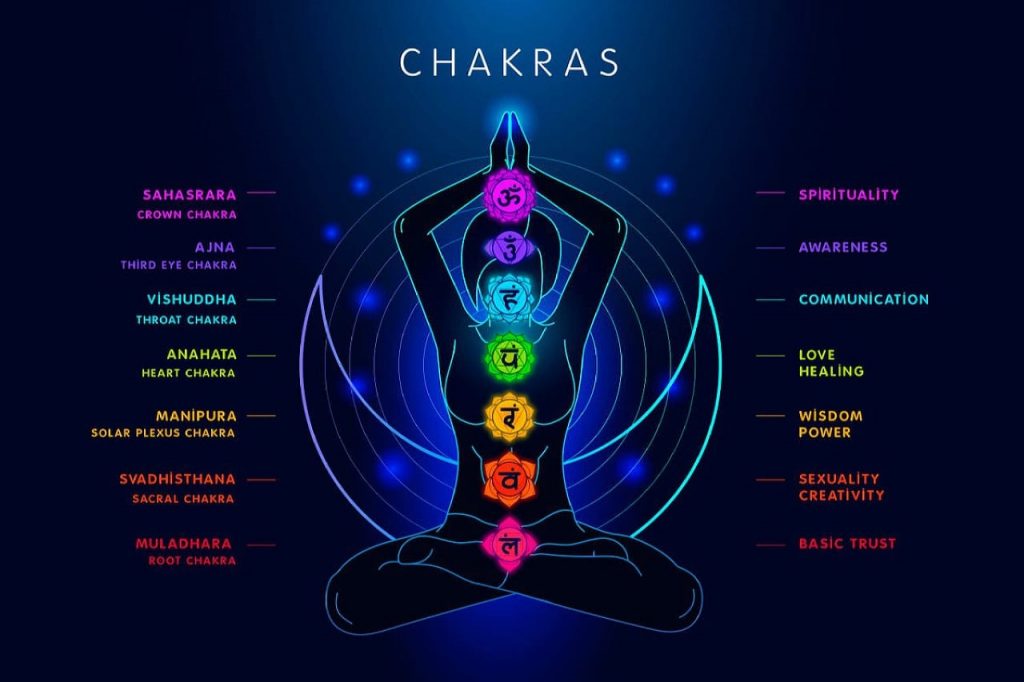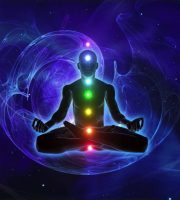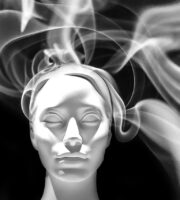Meditation Colors and Their Meaning is an important topic for those interested in the practice of meditation. Colors can be used to help individuals focus and become more aware of their inner selves. By exploring the various colors and their unique meanings, one can gain a deeper understanding of the effects of meditation.
In tantric practices and healing, different colors are used for visualization. How do I understand their symbolism for use in my practices? Learn more about the meaning of colors! What color to choose during spiritual practice or meditation for self-development?
Red for meditation
Meaning bright red, radiant red. Red is known to be the color of blood. This color is considered the color of life, particularly physical life, and in general, life in the broadest sense of the word. Without blood, there is no organic life. Blood has a temperature; it is hot.
Thus, red is the color of heat, of the physical body and of the emotional body. We can say that it is the color of all positive emotions, symbolizing perfect health.
According to Tantric¹ tradition, pure, bright, radiant red is the color of love and passion.
Yellow is the color for meditation
Yellow is the color of ripe grain, be it wheat or rice. Yellow, especially deep, rich, golden yellow, is the color of the harvest. It is also the color of growth, ripening, perfection.
As the color of the harvest, yellow is the color of wealth, prosperity, abundance, excess. This applies not only to the material realm, but also to the spiritual realm. Yellow signifies an abundance of good qualities and virtues.
In Tantra, yellow symbolizes everything that is rare and precious, which has valuable qualities. Thus, yellow is associated with every form of beauty – physical and spiritual.
In the highest sense, yellow represents the inexhaustible riches of the enlightened mind, the immeasurable merits of reality itself, and creative energy.

Green is the color for meditation
It is the color of grass, the color of tender young shoots, the color of boundless forests. Green is the color of nature. In this sense, green means being at peace, quiet, in balance.
It is the color of reliability, healing and help, freedom from danger and anxiety, from worries, fears and worries. Green is also the color of refuge, shelter, protection.
In addition, green means harmony, balance. But green also symbolizes action – it is the color of activity that is undertaken to restore balance and temporarily lost harmony.
As a symbol of action, green is also the color of justice and the color of karma.
To sum up, green is the color of harmony, of restoring balance, of bringing peace and joy.
Blue is the color for meditation
This is the color of the sky, especially the cloudless sky. It implies vastness, infinity and even eternity.
Blue is the color of truth, of the Absolute, unconditioned and unchanging.
Blue is said to bring enlightenment to the mind.
White is the color for meditation
White is the color of the snow, the snowy peaks where no man has set foot for centuries.
White is associated with peace, purity.
It is the color of freedom from anxiety, freedom from excitement, the color of removing all obstacles, all difficulties.
It carries conciliation, enlightenment, great joy. This color is able to dispel any evil, to take away any misfortune.
Black is the color for meditation
Black is the color of the night, the color of charred logs left over from the funeral pyre. Black symbolizes death, destruction.
In the context of tantra, black represents not just physical death, but also spiritual death, the death of the ego, the destruction of ignorance, the death of everything that stands in the way of enlightened experience.
This concludes the overview of the basic colors for meditation and healing. Other colors such as gray, brown, orange, pink lettuce and others have less pronounced associations.
Meaning of colors and elements of nature
Each of the colors corresponds to a certain element.
The earth element symbolizes yellow, the water element is white, fire is red, and air corresponds to a light green color. Space or ether corresponds to the color gold, or the color of the rainbow.
According to traditional Buddhist cosmology, each of the four continents also corresponds to a certain color. The eastern continent is white, the southern continent is blue, the western continent is red, and the northern continent is green.







